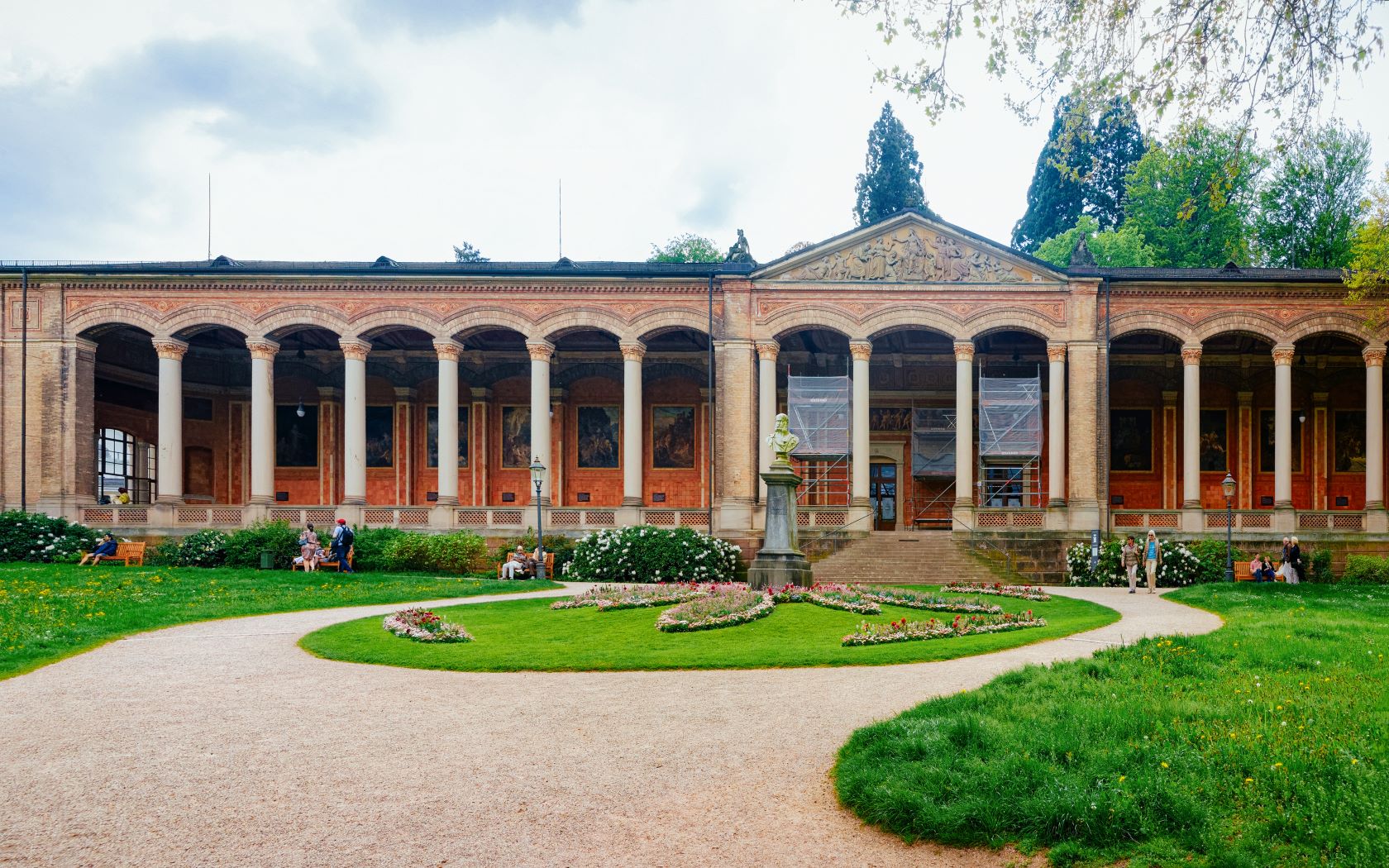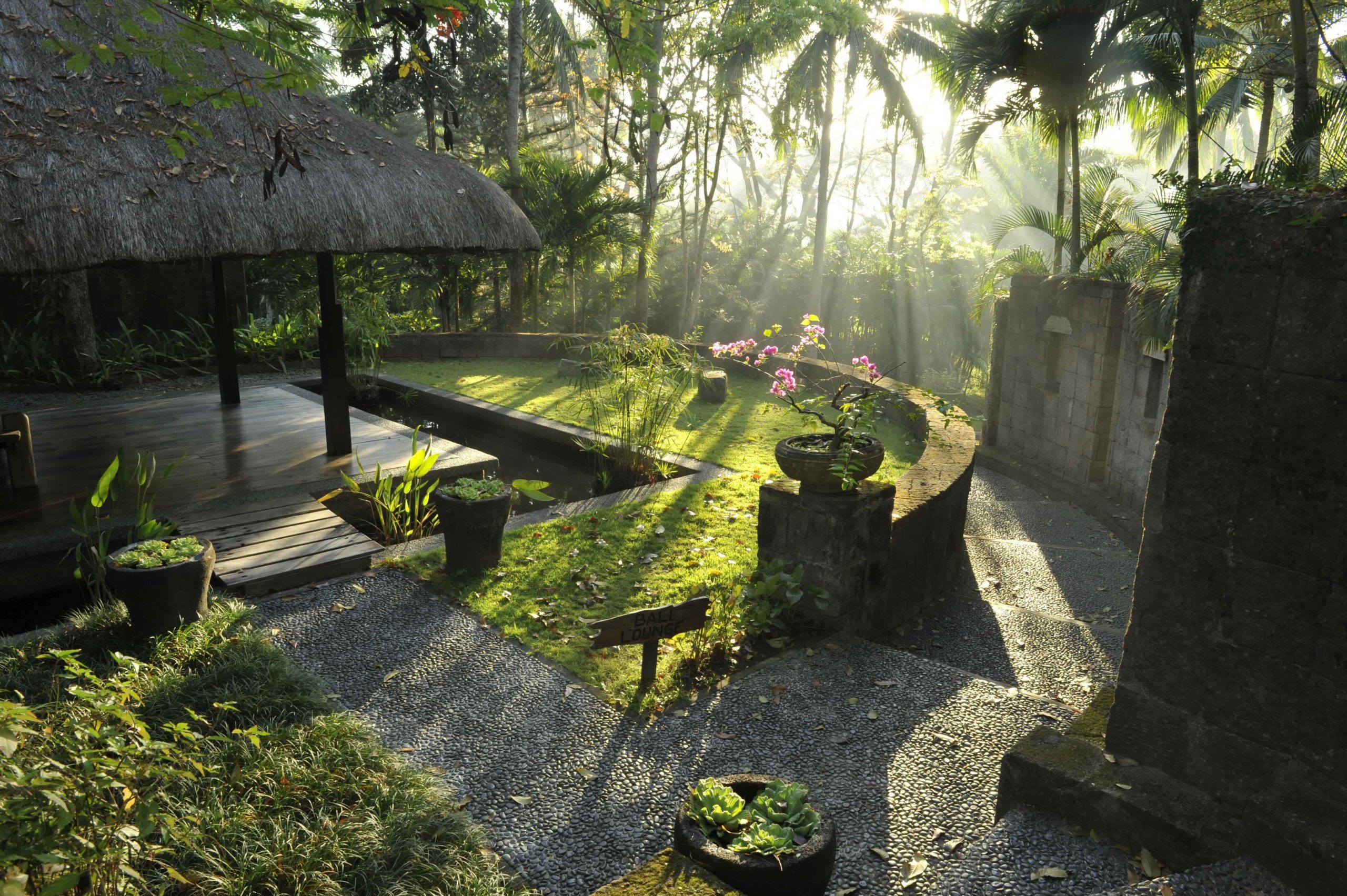Germany is one of the world’s most popular wellness destinations, with its rich history of spa activities and healing treatments that have been around since ancient Rome.
From famous spas such as Baden-Baden to modern day facilities, Germany continues to be an important destination for those seeking restorative health treatments. Let’s explore how and when Germany became a popular wellness destination and the type of activities it offers today.
The earliest examples of spa baths in Germany go back to the second century AD, when Roman soldiers introduced bathhouses to help them recuperate after long marches. After Rome fell in 476 AD, Germanic tribes took up bathing traditions and transformed them into a much more relaxed form of leisure activity. By the 13th century, thermal springs had become so popular that they were known as “the fountains of youth” or “holy waters” across Europe.
In many ways, this was an early form of preventive medicine; people would take mineral baths to treat a variety of ailments such as skin diseases, rheumatism and even obesity. With the rise of industrialisation in the 19th century, more natural thermal springs were developed into modern spas offering luxury treatments and amenities such as saunas, steam rooms, massage studios and beauty salons.
By this time, Spa Towns like Baden-Baden had already established themselves as one of Europe’s most popular resorts thanks to its renowned hot springs which are said to have healing powers for ailments ranging from muscle pain and stiffness to digestive disorders. Today, Baden-Baden is still considered one of Germany’s top spa towns due to its stunning landscapes and renowned treatments like mud therapy or Ayurvedic medicine which are offered at some locations.
The 20th Century saw a renewed interest in wellness tourism in Germany as cities like Frankfurt began transforming their urban parks into therapeutic green spaces while also hosting major events dedicated to health promotion such as World Health Day or International Wellness Week.
During this period Berlin gained international fame for being at the forefront of innovative health concepts including organic food production or pioneering medical research conducted by some the country’s leading universities like Charité University Hospital Berlin or Goethe University Frankfurt am Main.
More recently Germany has continued increasing its number of wellness destinations with sprawling resorts such as Arosa Lenzerheide boasting state-of-the art fitness centres combined with traditional activities like Yoga lessons which offer visitors an opportunity for relaxation on every level.
Additionally smaller cities like Leipzig now offer striking contrast between city life experiences enhanced by traditional spas providing guests with access pools fed by naturally heated waters plus luxurious amenities for ultimate comfort and wellbeing after a long day spent exploring cultural attractions like museums or old churches from past centuries.
Germany has established itself as a top-tier wellness destination that caters to a diverse range of holistic health needs. Its exceptional blend of traditional spa activities and contemporary approaches to health services make it an ideal choice for anyone seeking wellness experiences that align with their unique requirements.
Apart from conventional spa activities, Germany’s wellness offerings extend to activities like hiking, cycling, and skiing, allowing visitors to immerse themselves in physical activities that promote their overall health and wellbeing. Its extensive forests and scenic hills present an opportunity to breathe in the fresh air while indulging in activities that enhance one’s physical and mental health.
Disclaimer: This article provides general information only, and does not constitute health or medical advice. If you have any concerns regarding your physical or mental health, seek immediate medical attention.








